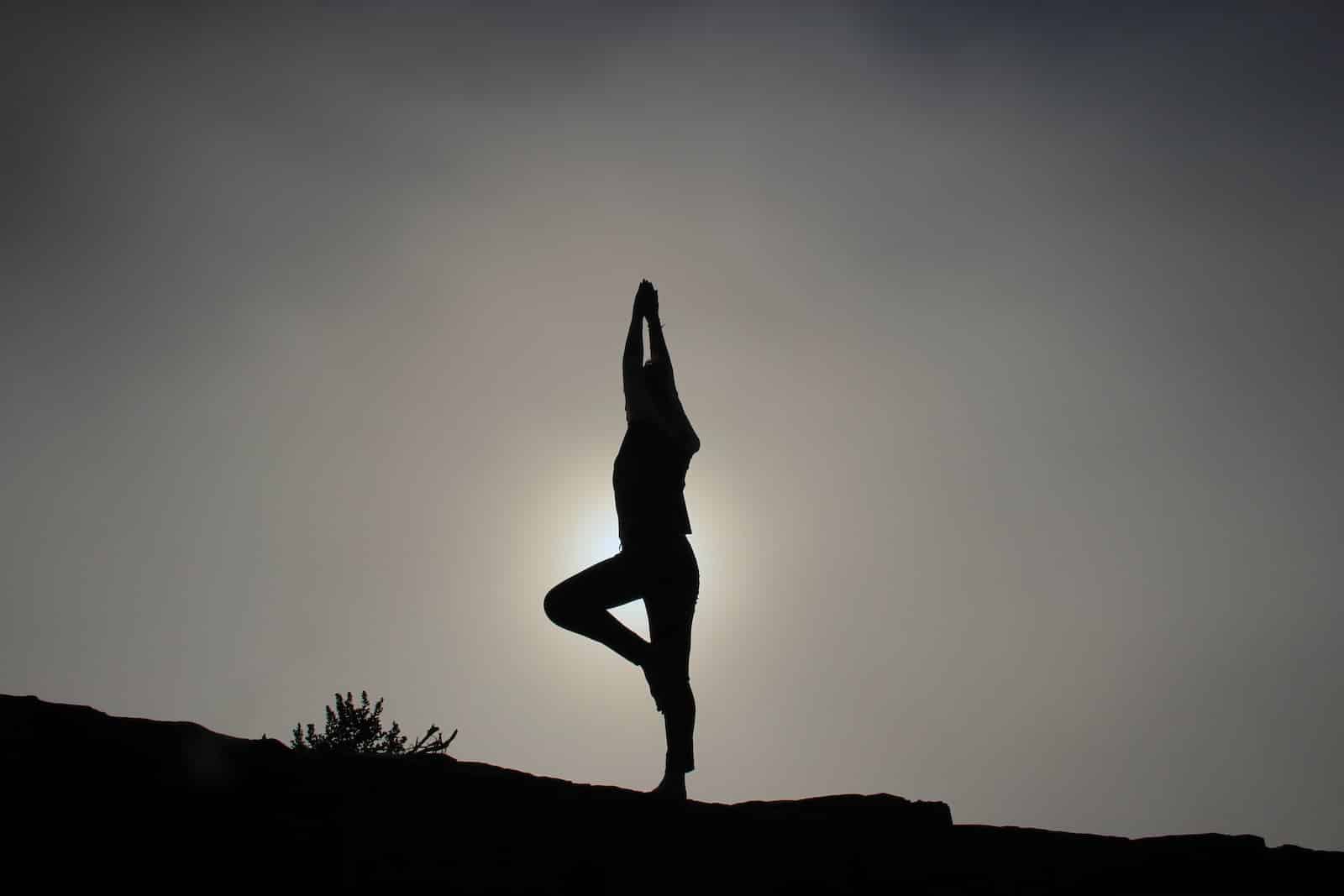Yoga for beginners: practical tips

Yoga is a holistic practice that combines physical poses, controlled breathing and meditation. It is not merely a form of exercise but a lifestyle that promotes balance, inner peace, and self-awareness. Yoga is an excellent way for you to connect your mind, body, and spirit. If you are just starting your yoga journey, here are some practical tips to help you.
Find a Yoga Teacher
When beginning your yoga journey, it’s helpful to find a teacher who can guide you through the poses and provide helpful feedback. A teacher can help you understand the correct alignment of each pose, how to modify poses for your body, and how to connect your breath to your movements.
A lire en complément : Sprinting techniques for runners
Start by researching yoga studios near you or online platforms that offer live classes. Look for teachers who specialize in beginners’ classes and have good reviews from their students. Remember to let your teacher know if you have any injuries or health conditions that may affect your practice.
Choose Your Yoga Style
There are many different styles of yoga, ranging from the gentle and meditative to the physically intense. As beginners, it’s important to start with a style that suits your fitness level and personal preferences.
En parallèle : Boxing for fitness: a beginner’s guide
Hatha yoga is a good place to begin since it introduces the basic postures and principles of breathing. Vinyasa or flow yoga, on the other hand, involves a series of poses that flow smoothly into one another, synchronized with the breath. It’s a bit more dynamic, but still suitable for beginners with a reasonable level of fitness. Other styles like Restorative or Yin yoga focus more on relaxation and meditation, ideal for those looking to reduce stress and improve flexibility.
Familiarize Yourself with Basic Poses
Before attending your first class, it may be helpful to familiarize yourself with some basic yoga poses. This will help you feel more comfortable and confident during your practice.
Some foundational poses you may want to start with include Mountain Pose (Tadasana), Downward-Facing Dog (Adho Mukha Svanasana), Warrior I and II (Virabhadrasana I and II), and Tree Pose (Vrksasana). There are plenty of online resources and video tutorials that can guide you to do these poses safely and effectively.
Investing in the Right Gear
Investing in the right gear can make a significant difference in your yoga experience. A good quality yoga mat is essential. It provides grip, cushioning, and defines your personal space during a class.
For clothing, opt for something comfortable that lets you move freely. Yoga is usually practiced barefoot, so no need for any special footwear. As your practice progresses, you might also consider investing in props like yoga blocks, bolsters, and straps, which can help you perform poses with better alignment and ease.
Practice Regularly and Be Patient
Like any new skill, yoga requires regular practice. Try to set aside some time each day for your yoga practice, even if it’s only for a few minutes. Consistency is key in developing flexibility, strength, and balance.
Remember, yoga is not a competition. Don’t feel pressured to perform the poses perfectly or to match the flexibility of those around you. Yoga is a personal journey, so focus on your own progress and be patient with your body. Over time, you will see improvements in your posture, flexibility, and overall wellbeing.
Incorporate Breathing and Meditation
Yoga is not just about physical poses, it’s also about calming the mind and attaining inner peace. That’s where breathing and meditation come in.
In yoga, you will be encouraged to focus on your breath, to breathe deeply and slowly. This not only helps to calm your mind but also enhances your body’s functions and increases your vitality.
Meditation is also a big part of yoga. It helps to clear your mind, reduce stress, and improve your mental clarity. As beginners, start with just a few minutes of meditation each day and gradually increase the time as you feel more comfortable.
Remember, yoga is a journey, not a destination. Keep an open mind, enjoy the process, and you will reap the many benefits that yoga has to offer.
Embracing the Right Attitude
As you embrace your yoga practice, your attitude plays a crucial role in shaping your experience. It is beneficial to approach your yoga journey with an open mind, patience, and self-compassion. Remember, yoga is not about perfection or competition, but about self-discovery, growth, and well-being.
Yoga beginners might feel overwhelmed or even intimidated seeing more experienced practitioners bending and twisting in various poses. It’s essential to keep in mind that every yogi started at the beginning, and it’s absolutely okay to be a beginner. Do not compare your progress with others. Instead, focus on your own journey, celebrating small victories and improvements along the way.
Another important aspect is to be patient. You may not be able to perform all yoga postures perfectly at the beginning, and that’s perfectly fine. With consistent practice, you will gradually see improvements in your flexibility, strength, and balance. Some poses might feel uncomfortable initially, but with time you will start feeling more comfortable and confident performing them.
Lastly, be kind to yourself. Don’t push your body beyond its limit or ignore any discomfort or pain during the practice. Listen to your body and respect its limits. Over time, as you keep practicing yoga, you will notice that your body becomes more flexible and capable of performing various postures with ease.
The Benefits of Yoga
Including yoga in your daily routine has numerous health benefits. It is an excellent way to improve your physical fitness, including flexibility, strength, and balance. Regularly practicing yoga can also help reduce stress and anxiety. By focusing on your breath and being present in the moment, yoga allows you to quiet your mind and achieve a sense of inner peace and relaxation.
Moreover, yoga is known to improve heart health by lowering blood pressure and heart rate. It can also relieve chronic pain, such as lower back pain and arthritis. Additionally, it aids in weight loss and maintaining a balanced metabolism.
Beyond the physical benefits, yoga can also have a profound impact on your mental and emotional health. It fosters self-awareness, concentration, and mindfulness, which can enrich your life on many levels. It can help you manage stress better, improve your mood, and boost your overall mental well-being.
Conclusion
Stepping into the world of yoga may seem daunting at first, but with the right guidance, attitude, and consistency, it can be an enriching and rewarding journey. The tips provided in this article, from finding the right yoga teacher to familiarizing yourself with basic yoga poses and investing in the right gear, will help make your yoga journey easier and more enjoyable.
Remember to approach your practice with an open mind, be patient with yourself, and most importantly, enjoy the process. With each yoga class, you are not just working on improving your physical fitness, but also nurturing your mental and emotional well-being.
Indeed, the benefits of practicing yoga go beyond the mat. They seep into every aspect of your life, promoting balance, inner peace, and a better sense of self. Keep these yoga tips in mind as you embark on your yoga journey and experience the transformational power of yoga for yourself.
